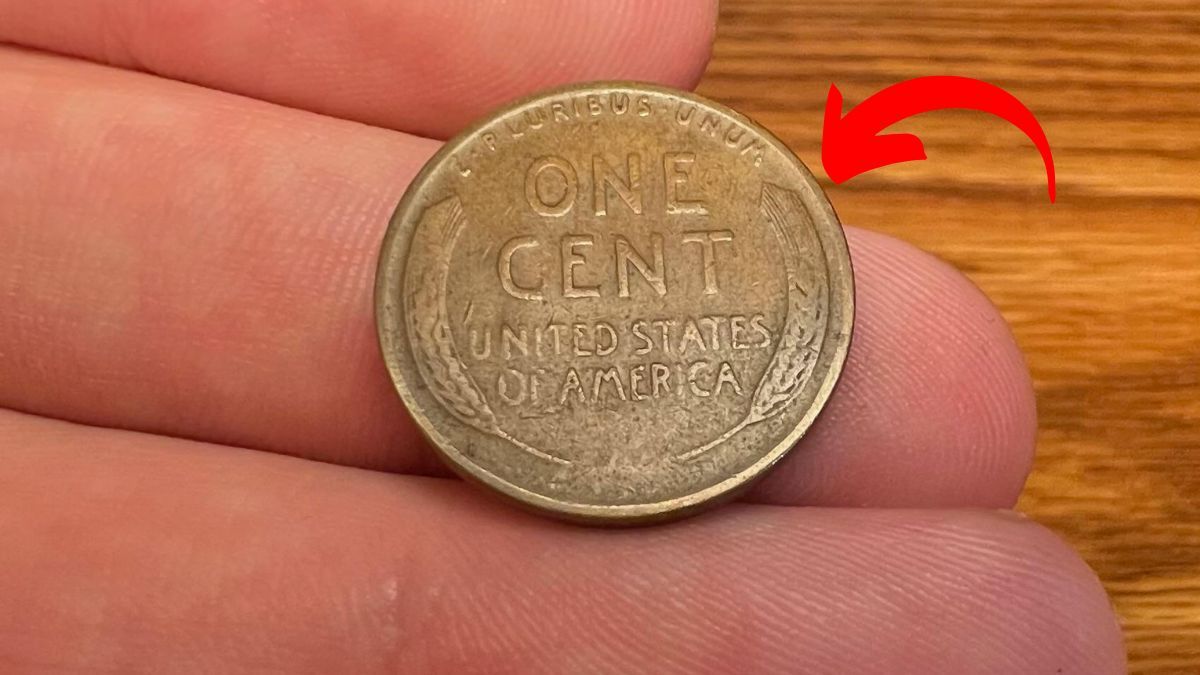Imagine stumbling across a penny listed for nearly $1 million—an amount that could buy a home in many parts of the country. Recently, a 1920 Lincoln Wheat penny advertised for a staggering $990,000 sent shockwaves through the numismatic community. While it sparked intrigue, it also raised significant questions about authenticity, valuation, and the importance of due diligence in coin collecting.
Let’s dive into this case and explore the lessons it offers collectors, whether seasoned enthusiasts or curious beginners.
The Lincoln Wheat Penny: A Timeless Classic
The Lincoln Wheat penny holds a special place in American history. Introduced in 1909 to commemorate Abraham Lincoln’s centennial birthday, it was designed by Victor D. Brenner. The obverse features a dignified profile of Lincoln, while the reverse showcases two wheat stalks symbolizing prosperity. Produced until 1958, these coins remain popular among collectors for their historical significance and artistic design.
The $990,000 Listing: Too Good to Be True?
When news broke of a 1920 Lincoln Wheat penny listed for $990,000, it immediately raised red flags within the collecting community. Typically, a 1920 penny in good condition fetches around $40, unless it possesses rare characteristics, such as unique mint errors or exceptional historical provenance.
The listing claimed ties to President Theodore Roosevelt and the Panama Canal, but these assertions lacked credible evidence. Without proper documentation or professional certification, such claims appeared to be a marketing ploy to inflate the coin’s value.
Why Certification Matters
Professional grading and authentication are the gold standards in numismatics. Trusted organizations like the Professional Coin Grading Service (PCGS) and the Numismatic Guaranty Corporation (NGC) evaluate coins for authenticity, condition, and market value.
The lack of certification for the $990,000 penny was a glaring omission. Without professional grading, it’s impossible to verify the coin’s true value, leaving potential buyers vulnerable to overpaying for an item that may not hold its advertised worth.
The Role of Provenance and Historical Claims
Historical connections can significantly enhance a coin’s value—but only when backed by credible documentation. In this case, the seller’s references to Theodore Roosevelt and the Panama Canal lacked substantiation, further casting doubt on the coin’s legitimacy.
Collectors should be cautious of listings that rely on unverified historical narratives. Authentic provenance should be accompanied by clear, credible records, such as letters, official documents, or expert assessments.
Understanding Market Value
To avoid overpaying for a coin, collectors need a solid grasp of market values. For Lincoln Wheat pennies, key factors influencing value include:
- Mint Marks: Coins minted in San Francisco (“S”) or Denver (“D”) are often rarer than those from Philadelphia.
- Condition: Coins in mint or uncirculated condition are significantly more valuable.
- Errors: Unique minting errors, such as doubled dies or off-center strikes, can dramatically increase a coin’s worth.
For a 1920 penny, even with exceptional features, a leap to nearly $1 million would require extraordinary documentation and rarity—elements missing from this case.
How to Protect Yourself in the Coin Market
To navigate the coin market safely, collectors should follow these essential tips:
1. Verify Certification
Only buy high-value coins that have been professionally graded by trusted organizations like PCGS or NGC.
2. Research Market Values
Understand the typical range for coins of similar age, mint marks, and condition. Use tools like price guides, auction results, and reputable dealer listings for reference.
3. Inspect Seller Credentials
Ensure the seller has a solid reputation. Buying from established auction houses or certified dealers reduces the risk of counterfeit or misrepresented items.
4. Join the Community
Engage with coin clubs, forums, and social media groups to learn from experienced collectors. These networks provide valuable insights and help identify potential pitfalls.
The Appeal of Lincoln Wheat Pennies
Despite this questionable listing, Lincoln Wheat pennies remain a fascinating and accessible entry point for collectors. Their historical connection to Lincoln, combined with their artistic design, makes them enduringly popular.
For most enthusiasts, the joy of collecting comes from finding rare variants, such as:
- 1909-S VDB: The first year of the Lincoln Wheat penny, with designer Brenner’s initials prominently displayed.
- 1943 Copper Penny: A rare error coin minted during World War II when most pennies were made from steel.
- 1955 Doubled Die Penny: Famous for its dramatic doubling of the obverse design.
These coins typically fall within established market ranges, offering attainable goals for collectors.
Lessons from the $990,000 Penny
The story of the nearly million-dollar penny underscores the importance of caution and education in the collecting world. It serves as a reminder to:
- Question extraordinary claims: If something seems too good to be true, it probably is.
- Rely on trusted sources: Certification, documentation, and seller reputation are key to making informed purchases.
- Learn from the community: Shared knowledge is invaluable in avoiding costly mistakes.
Wrapping It Up
The Lincoln Wheat penny is a testament to America’s rich history and a favorite among collectors. While stories like the $990,000 listing may create buzz, they also highlight the need for vigilance in the numismatic market.
For collectors, success comes from patience, education, and building connections within the community. Whether you’re chasing rare errors or simply enjoying the legacy of these iconic coins, the world of coin collecting offers endless opportunities to explore and learn.
So, the next time you come across an old penny, take a closer look—you never know what stories it might hold.
